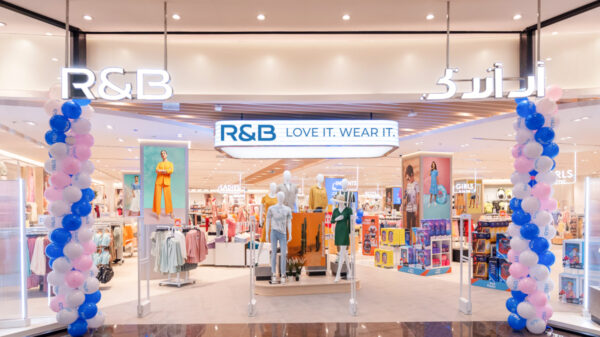Shoppers are not only keen on using digital features and payment methods to personalise their in-store experiences but they also increasingly turn to retailers that embrace the trend.
According to the third annual Global Digital Shopping Index, a PYMNTS and CyberSource collaboration based on surveys of more than 30,000 consumers and 3,000 merchants across six nations, features and payments choice affirms this digital trend as the barrier between mobile and physical is thinning.
The study stressed that “consumer satisfaction is higher when merchants offer digital shopping features that can add certainty to their shopping and payments experiences. Satisfaction also rises when merchants make the full range of their digital feature offerings known to local shoppers”.
Examining the digital features most favoured by in-store shoppers, the study observed variations between countries studied, alongside common threads emerging when customers’ preferences from different countries match.
An example of this can be shown by comparing the addition or removal of digital shopping features in the UAE and the US. Last year, for instance, 3.1 per cent of UAE retailers allowed shoppers to access or receive product recommendations via smartphone (which is six per cent higher than two years ago ), while in the US, retailers ratcheted back recommendations by 4.7 percentage points.
This has led to the GDSI score of the US counterparts decreasing from 99 to 95 between 2021 and 2022, which implies that shoppers were 4.3 per cent less content with their shopping experience than a year before.
At the same time, “in-store navigation apps are especially important for U.S. merchants. Brick-and-mortar shoppers in the U.S. who used in-store navigation apps were 42 per cent more satisfied with their merchants’ in-store digital shopping features than consumers who did not”.
In a nutshell, it is customers’ satisfaction (or dissatisfaction for that matter) with how retailers respond to the trend that can make it or break it.
Relation between payments choice and shopper satisfaction
Yet another essential feature bourne out of combined mobile and in-store shopping experiences is payment choice. This aspect, in particular, has been gradually evolving across the shopping spectrum. And, as more smartphone-equipped shoppers are flocking back to brick-and-mortar stores, it is coming to the fore.
The study also said that “credit and debit cards are still the most commonly used payment methods globally, but digital wallets are rapidly gaining traction, especially in the U.K. and the UAE. That said, consumers typically fund digital wallets through a credit or debit card, so they can sometimes be interchangeable.”
Another vivid illustration is found in the UAE where 14 per cent of in-store shoppers paid for their most recent purchases via digital wallet this year- which is more than twice the number who used this option last year.
While digital wallets are gaining momentum, contactless credit and debit cards posted double-digit growth in four of the six nations’ studies.
Contactless payments made staggering gains last year in nations that are undergoing digital transformation more rapidly and purposefully now, with the UAE and Brazil taking the lead.













